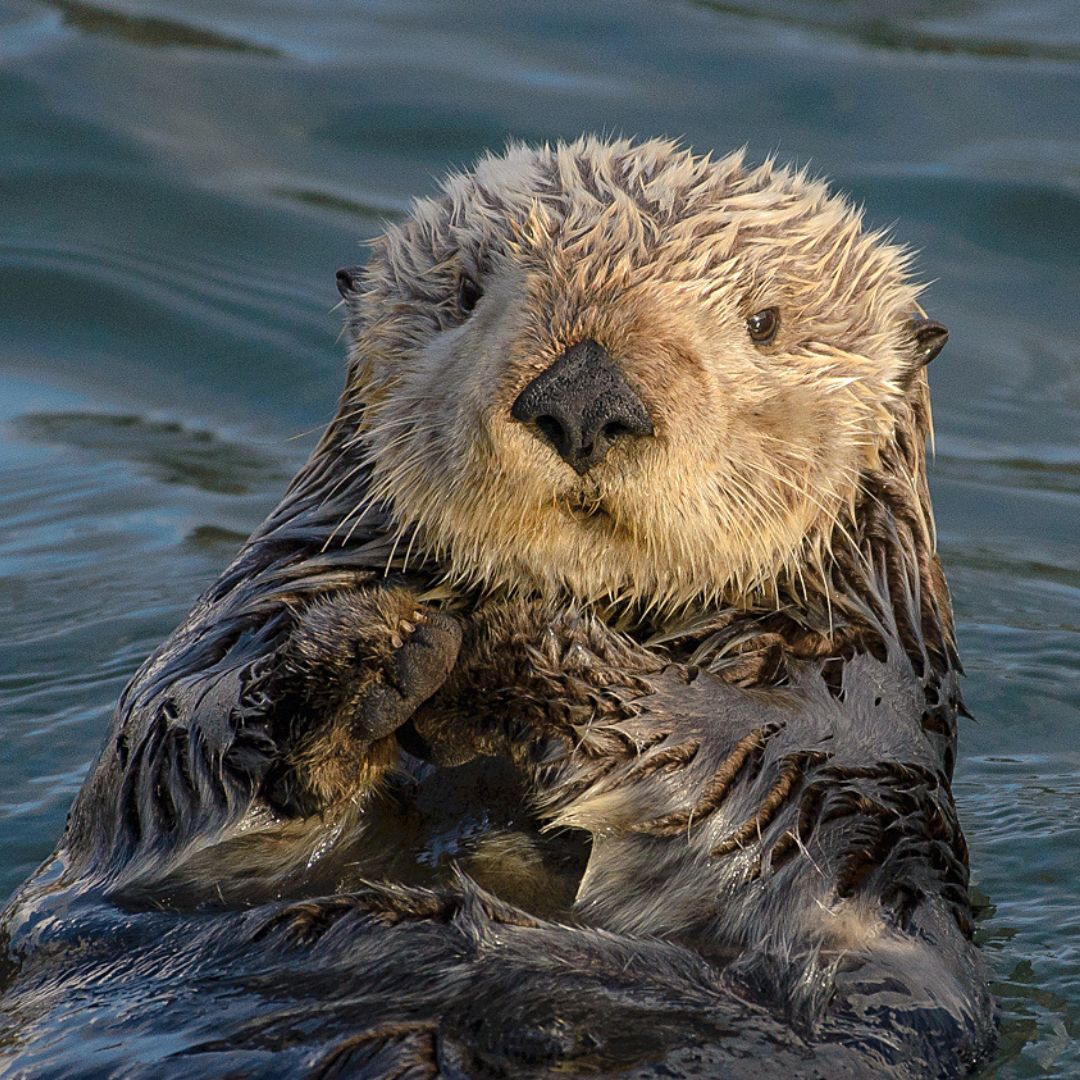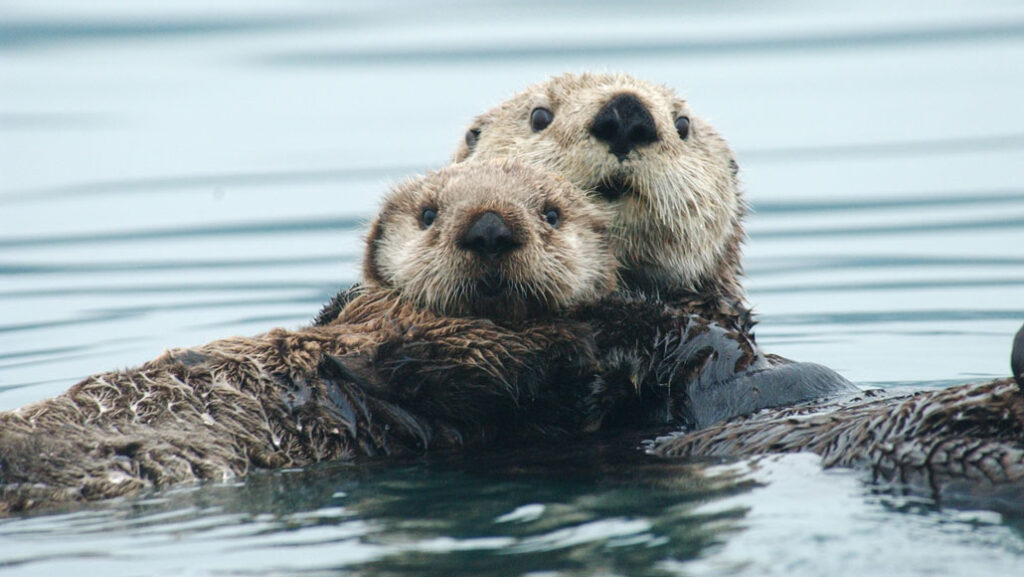In 2023, India Celebrates 76 Years of being an Independent country and its 77th Independence day. The following are some of the key milestones achieved by India post Independence.
Also Read, India’s Republic Day: History And Celebrations
Day One : Independent India
On August 15, 1947 India attained independence from 200 years of British rule. The first prime minister of India Jawaharlal Nehru raised the Indian national flag at Lahori Gate, Red Fort, Delhi.

First 5 Years : India’s Independence
Mahatma Gandhi, the Father of the Nation was assassinated on January 30. 1948.

The Constitution of India came into force on January 26, 1950. This day is celebrated as the Republic Day.

India hosted the first ever Asian Games in 1951 in New Delhi.

The first general elections were held in India between October 1951 and February 1952. The first democratically elected prime minister was Jawaharlal Nehru.

10 – 15 Years : Glory Of India’ Independence
Arati Saha became the first Asian woman to successfully swim across the English channel in 1959.

In 1959 the first television was introduced in India.

The Indian football team won the gold medal in the 1962 Asian Games.

20 – 30 Years : History of the Independent of India
The Green revolution was launched in India in 1967. The Green Revolution involved the use of new techniques to grow and harvest crops with the help of modern machinery and technology. This enabled India to become the world’s leading agricultural country.

The Indian Space Research Organisation was founded in 1969.

The first Indian satellite Aryabhata was launched in 1975.

30 – 40 Years : Historical Events in Indian History
In 1979, Albanian-born Mother Teresa became the first Indian woman to win the Nobel Peace Prize.

In 1983, the Indian cricket team won its first World Cup in England defeating the mighty West Indies. Kapil Dev was the captain of the Indian cricket team.

Rakesh Sharma became the first Indian to travel to space in 1984.

India for the first time hosted the cricket world cup in 1987.

50 – 60 Years : Important Dates in Indian History
Amartya Sen became the first Indian to win a Nobel Prize for Economic Sciences in 1998.

In 2000, chess grandmaster Viswanathan Anand became the first Indian to win the World Chess Championship.

Pratibha Patil became the first woman to be elected as the President of India in 2007.

60 – 70 Years : 70 Years Of Independent India
In 2008, Abhinav Bindra became the first Indian to win an individual Olympic gold. He won the gold medal at the Beijing 2008 Olympics for 10m air rifle shooting. He has also won the World Championship gold and multiple medals at the Commonwealth Games and Asian Games.

In 2010, the Indian rupee got its own symbol.

India launched its first interplanetary mission to Mars in 2013.

India set up its first dedicated space laboratory Astrosat in 2015. Astrosat satellite was launched from Sriharikota, Andhra Pradesh.

70 – 75 Years : 75 Years Of Independent India
In 2017, the Indian national women’s cricket team entered the World Cup Final for the first time.

Neeraj Chopra became the first Indian field and track athlete ever to win an Olympic gold medal. He won the gold for javelin throw at the Olympics Games Tokyo 2020.

India secured a non-permanent seat in the United Nations Security Council for 2021-2022.

76 Years : Historical Movement of Independent India
India’s Chandrayaan-3 spacecraft took off from Satish Dhawan Space Center in Sriharikota to investigate a rarely explored part of the Moon, on July 14, 2023. Its mission is to be the first craft to land near the Moon’s south pole.

Watch Full Video On, Evolution of the Indian National Flag














